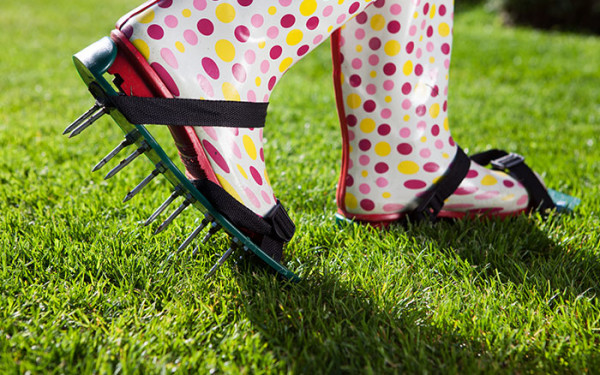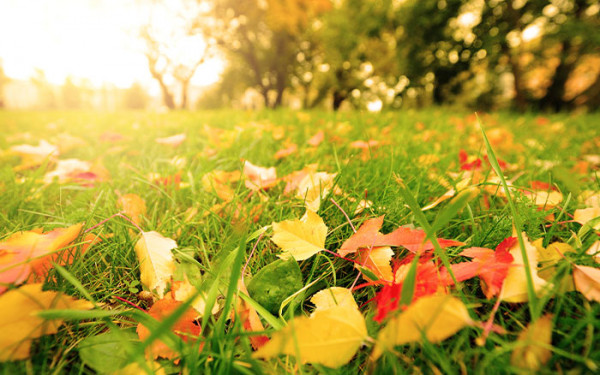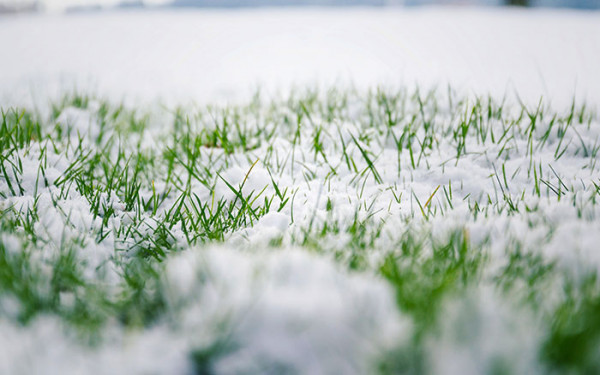Our lovely lawns are a hallmark of British gardens, and aside from looking great, they are a home to many insects that act as food for birds and other wildlife too. Caring for your lawn in autumn and winter as well as spring and summer will keep your lawn in tip-top shape.
Many gardeners tend to feed in spring and focus on grass growth, but lawns get worn out after a summer of heavy use and hot weather. Proper care in autumn will help root growth and make your lawn healthier in the long run.
CLEAR AND TIDY

Look out for signs of disease and apply moss killer if required. Keep the surface clear of fallen leaves, which can smother grass and harbour pests and diseases.
Rake the lawn regularly and pick up grass cuttings too. These cuttings can be added to your compost heap to help create your own organic matter.
AERATION

Many lawns suffer from compaction – when they get trampled on, the soil compacts. This means that oxygen can’t get to the grass roots. So, push a fork a few inches into the soil to allow air and water to access the roots more easily.
Similarly, after the kids playing on the lawn in spring and summer, there may be areas that are bumpy in the lawn that need to be flattened down to make the area even.
Doing this will reduce the likelihood of flooding in the autumn and winter weather.
RESEED

Once the surface is flat and aerated, adding a top-dressing will improve the structure of the soil whilst also encouraging the roots to develop for a strong and healthy lawn.
Then reseed any bare patches. Loosen up the surface with a hand fork and rake the soil as finely as possible.
Sow the seed according to packet instructions and lightly rake the seeds into the soil and lightly water in. Then, cover using straw or netting to protect the seeds from birds.
FEEDING

People often ask whether granular or liquid feeds are better. The main difference is that liquid feeds get to work instantly and need to be applied more regularly, compared to granular feeds that continue to feed for many weeks.
However, it is important to choose the right type of fertiliser.
Autumn versions are high in phosphates and potash, which boost strong root growth. Spring ones will encourage soft leaf growth, which isn’t what you need in winter.
SNOW WAY

If we do get snow in winter, the thawing of snow on the lawn can cause snow mould, or fusarium patch. However, you can reduce the likelihood of this happening by not clearing snow from pathways directly onto the lawn.
Also, when the kids make a snowman, it’s best to clear it away rather than letting it slowly melt onto the grass.
If a patch of your grass does show signs of snow mould, wait until spring, and rake the area, then add seed and fertiliser.
With these top tips, your lawn will be luscious all year round. Caring for your lawn isn’t just an activity for spring and summer, so take care of your lawn this autumn so it bounces back next year.

